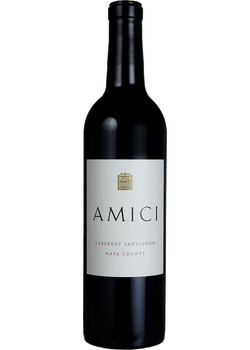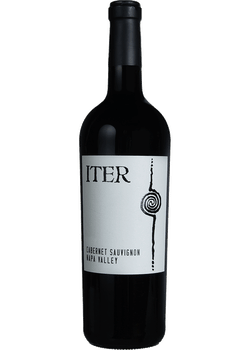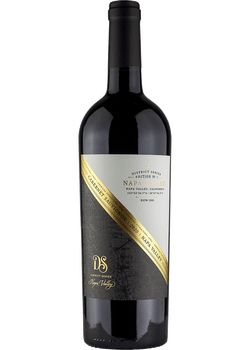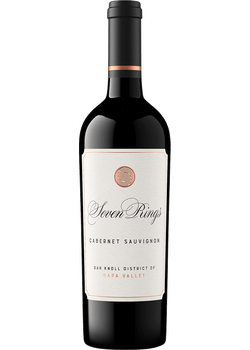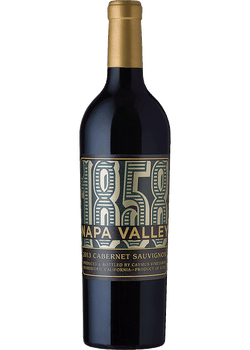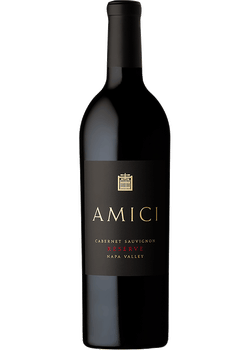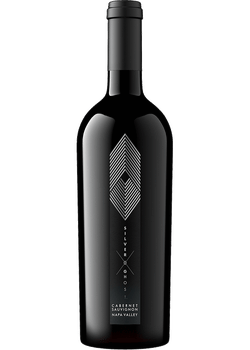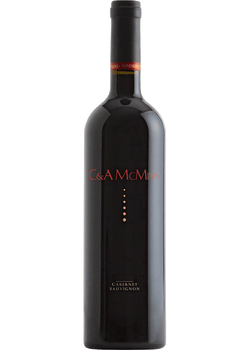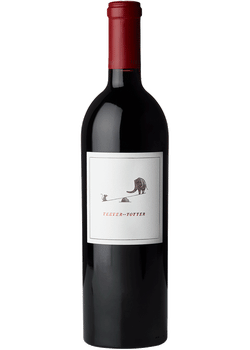Napa is a surprisingly small region, one that produces just a tiny fraction — about 4 percent — of California‘s entire wine crop. It’s the quality and reputation of Napa Valley wine that inspire crowds of tourists to visit Napa Valley wineries dotting Highway 29, nestled between the Mayacamas mountain range to the west and the Vaca Range to the east.
Despite its limited acreage, Napa Valley is a diverse growing region with many microclimates and varied soil types. Over the 30 miles from the cool San Francisco Bay north through Oakville, Rutherford, St. Helena and Calistoga, the average temperature can increase 10 percent. So cool-weather varieties like Chardonnay and Pinot Noir thrive in Carneros, at the southern end of the region; warm-weather grapes like Cabernet Sauvignon, Merlot and Sauvignon Blanc fare better in the north.
The entire region, classified as the Napa Valley American Viticultural Area (AVA), includes 16 sub-AVAs that help show how particular grape varieties have performed. For instance, Cabernet Sauvignon from the cool Stag’s Leap district tends to create elegant, softer wines that retain crisp definition. Farther north, Rutherford and St. Helena Cabernet-based wines tend to be richer, with firmer tannins. Wines grown along the hillsides of the Howell Mountain and Spring Mountain regions are more concentrated, from the grapes’ prolonged exposure to the sun.
More than any varietal, Cabernet Sauvignon has brought fame to Napa Valley wineries. Opulent, velvety-smooth and firm, these wines drink remarkably well even at an early age. Napa Valley Merlot also is rising in popularity; some local winemakers blend it with Cabernet Sauvignon to produce Bordeaux-styled wine known as Meritage.
